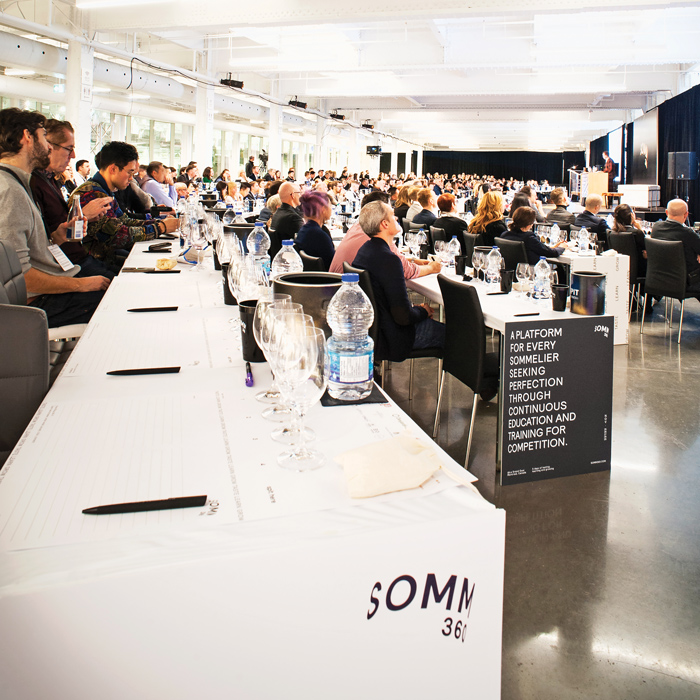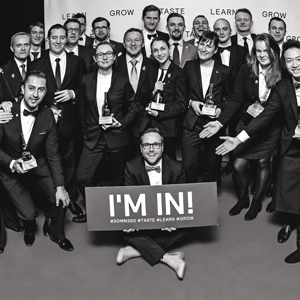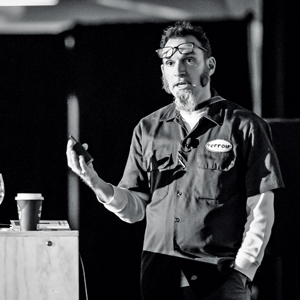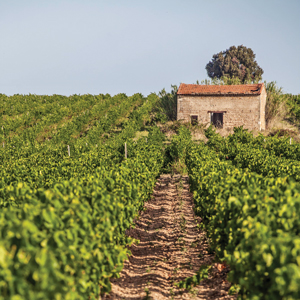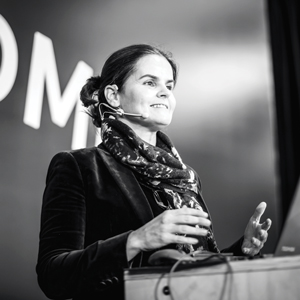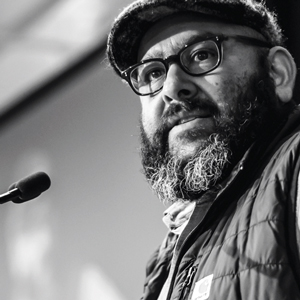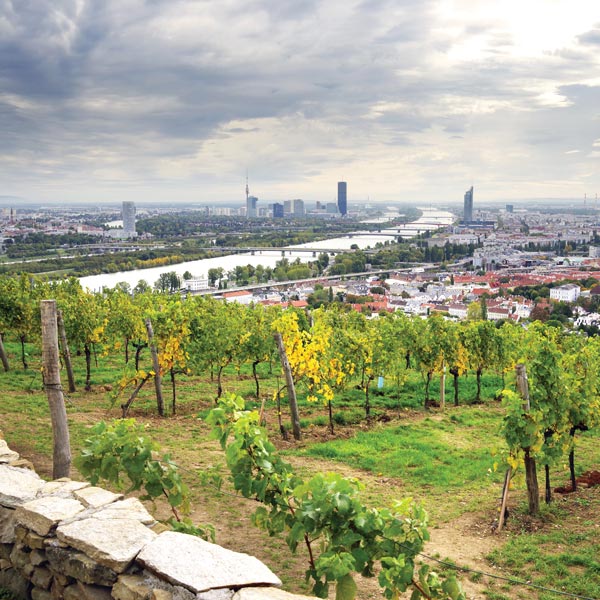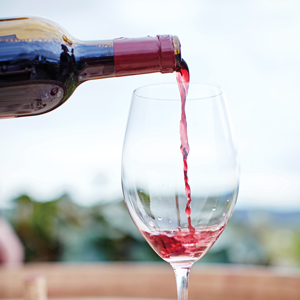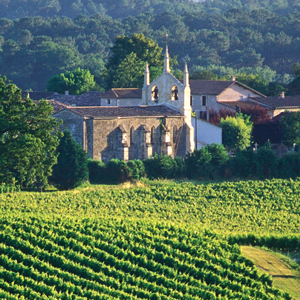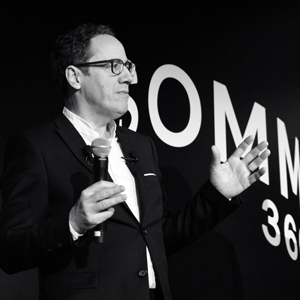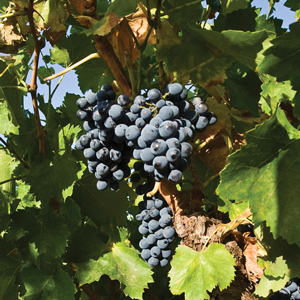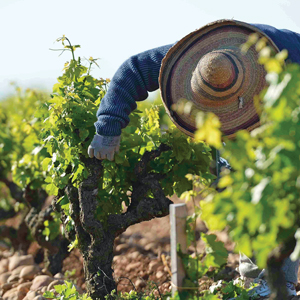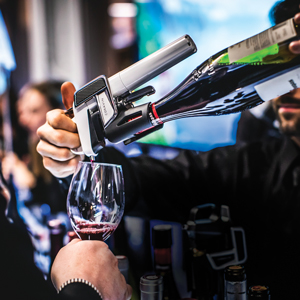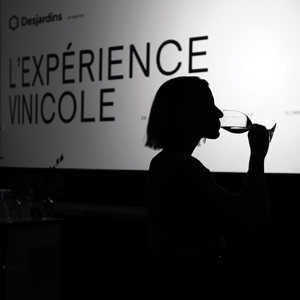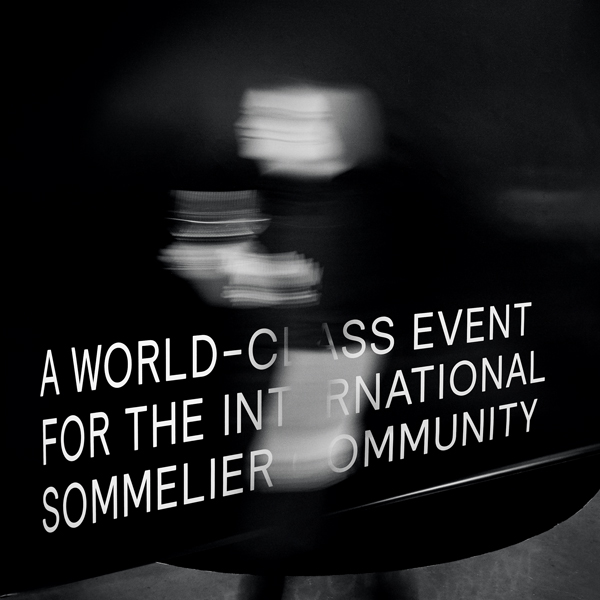SOMM360 is a platform for every sommelier seeking perfection through continuous education and training for competition.
Get the latest info about Somm360
© 2018 SOMM360


THE
RHÔNE VALLEY
FROM NORTH TO SOUTHChristophe Tassan believes that “the future belongs to wines rooted in history: wines that embody a sense of place, a philosophy, a vision of the terroir and a reflection of that place.” These are all qualities he attributes to wines from the Rhône Valley.
Gigondas et Dentelles de Montmirail
One of the themes of the day was Rhône Valley Vineyards. This presentation allowed participants to better appreciate the diversity and richness of the terroirs of this vast territory of 32,000 hectares, which extends from Nîmes to Lyon, on both banks of the Rhône River. Christophe Tassan shared his enthusiasm for Rhône Valley wines: from the famous appellations of the north, including those of Côte-Rôtie, Crozes-Hermitage or Saint-Joseph, to the southern appellations evocative of sunshine and generosity, such as Rasteau, Tavel or Costières de Nîmes; Tassan offered his audience a complete and fascinating overview.
Christophe Tassan, an ambassador for Rhône Valley wines, grew up in a family of restaurateurs on the banks of the Rhône River, a stone’s throw from the Palais des Papes in Avignon. There, he learned the art of tasting from the winegrowers in the cellars of his region. He won the title of second-best Young French Sommelier in 1988, was Best Sommelier “South of France” in 1992, became Maître Sommelier UDSF in 2000 and was rewarded in 2004 with the title of MOF Sommelier (Meilleur Ouvrier de France).
The atmosphere was particularly welcoming for this master class by Christophe Tassan. “The world of wine has never been more exciting for sommeliers than it is today, because I believe that, at the moment, with all the complexity and diversity we find, knowledge of wine is a real gift,” this ambassador of Rhône Valley wines explained from the outset. “But we must also understand that, while the world of wine is attractive to us, because production is constantly increasing and new wine regions are emerging, on the other hand, winegrowers and the general public are struggling to find their way around. That’s why your curiosity and knowledge are so important. So, I count on you to be true ambassadors,” he continued.
Wines with a soul and a sense of place
With his encyclopaedic knowledge of wine, Christophe Tassan believes that the future belongs to wines rooted in history: wines that embody a sense of place, a philosophy, a vision of the terroir and a reflection of that place. These are all qualities he attributes to wines from the Rhône Valley. First, these wines have a rich history, dating back some 2,600 years to the Greeks, then to the Romans. In the first century AD, the latter went up the river, created the city of Vienna to the north and planted terraced vineyards on the banks of the Rhône. Then, in the Middle Ages, the popes who settled their summer properties in Avignon allowed Châteauneuf-du-Pape to take off as an iconic wine region. “I will try to make you feel a little bit of this story,” Tassan promised, “and above all, to demonstrate the diversity of the production of the Rhône Valley through the 12 wines that we will blind taste today: 4 white and 8 red, including 4 types of Syrah, one of the emblematic grape varieties of the Rhône Valley.”
This way of including all the components of the Rhône wine region that he champions with a tasting proved to be skillful and particularly interesting because, through the discovery of very different wines, Tassan was able to cover many aspects at once: the history, geography, geology, climate, regulations, the different approaches in the cellar and the different styles of wines that are produced on both sides of the Rhône, from north to south. Participants learned how the phylloxera crisis brought Spanish Grenache to the region at the beginning of the 20th century and how the birth of the first AOC of the Rhône Valley,
“But despite this yin and yang aspect (of the north and the south), both sectors of this long and narrow valley are linked by one unifying element: the Rhône River and its rich history. All this gives purpose and soul to the wines of that unique wine region.”
—Christophe Tassan
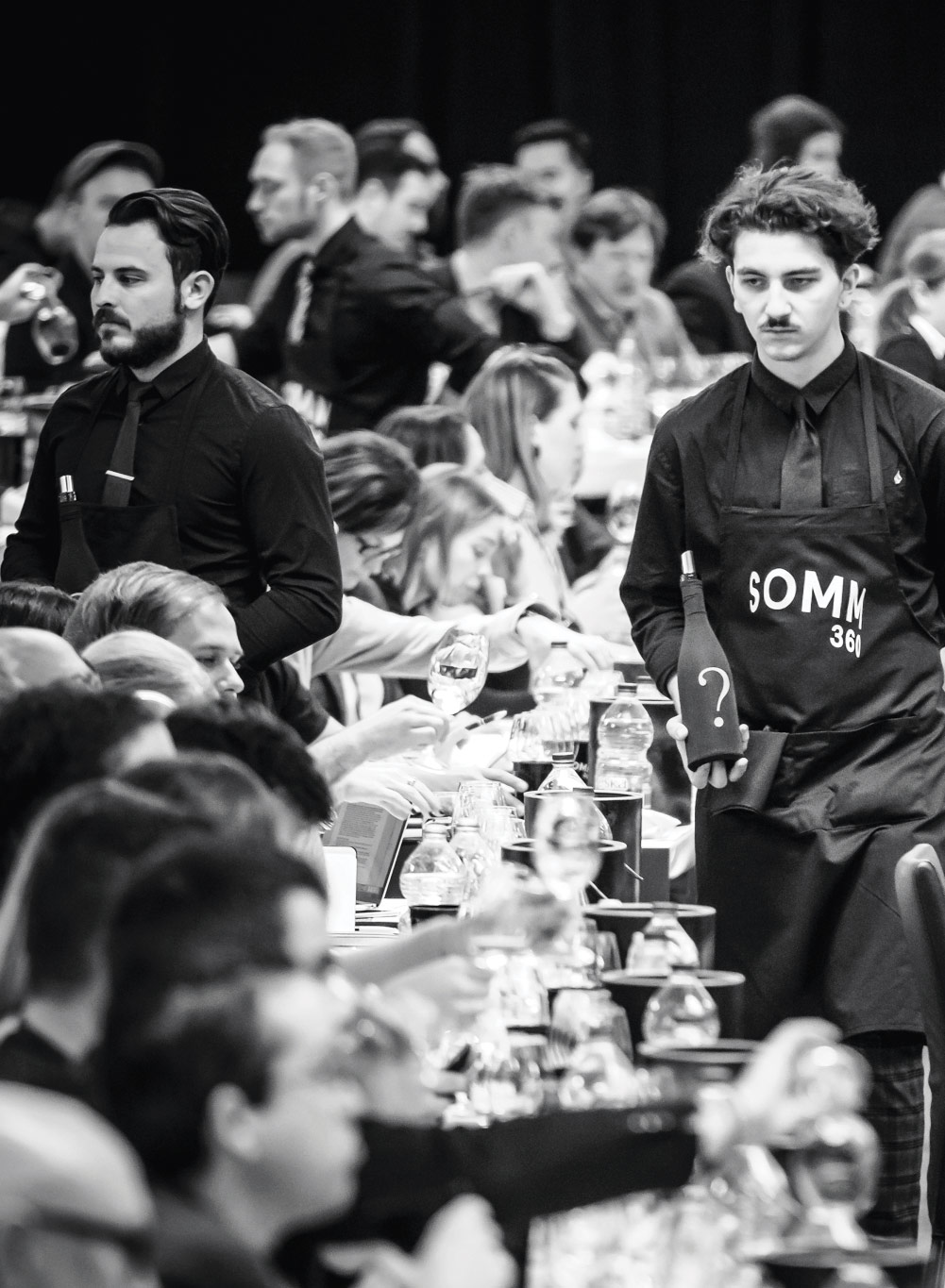
Châteauneuf-du-Pape, in 1933, was due to the perseverance of a visionary, Baron Le Roy, a proud winegrower from Fortia, whose sector was already renowned for the quality of its wines. “The AOCs and the various types of codifications, such as that of the Côtes du Rhône Villages, acknowledged this quality of wines while marking out and guiding, in a way, the work of winegrowers and oenologists,” Tassan said.
“The Côtes du Rhône region has also turned towards sustainable agriculture, with more and more vineyards under organic or even biodynamic management, of which two of the most famous representatives are undoubtedly the Perrin family and Michel Chapoutier,” explained the MOF sommelier. “And if Provence, Alsace and Jura are the leaders, the Rhône Valley does not come too far behind, with 10 percent of the vineyard under organic or biodynamic management.” He says, in recent years, important conversion work has begun in many winegrowing operations.
Distinctive white grape varieties
While the first samples of four white wines were served, our expert was highlighting the size and importance of this wine region of France, which spreads out in a vast funnel from south to north, over 250 kilometres in length, between the Mediterranean or the Vaucluse towards Orange and Vienna, and over a width of about 50 kilometres, between the Ardèche in the east and Nîmes in the southwest. The wines of the Rhône Valley come from 70,000 hectares of vines cultivated by more than 5,000 farms in 28 appellations, with a choice of 27 grape varieties, for a total production of 3 million hectolitres. “As in Bordeaux, red is the main wine produced, with 81 percent of the market, compared with 13 percent for rosé and only 6 percent for white wine,” says Christophe Tassan. “This does not prevent the whites from being very interesting, because they are based on grape varieties typical to the region, such as Bourboulenc, Roussane, Marsanne, Grenache Blanc, Macabeo or Viognier.”
10 percent of the vineyard is under organic or biodynamic management. In recent years, important work has begun in many winegrowing operations.
The white wines served that day do have assertive and distinctive styles; one is creamy and round, with notes of apricot, spices and quince from the Viognier. Another has a slight salinity conferred by Marsanne: it is Les Granilites Saint-Joseph, by Michel Chapoutier. On the other hand, the white wine of the Cave Coopérative de Tain l’Hermitage has acidity and freshness, 95 percent of which was made with Marsanne but fermented only in stainless steel tanks. It was a contrast with the Côtes-du-Rhône-Villages Valréas Clos Bellane Les Échalas, where a stay in barrels offered notes of beeswax, nuts and butter. Thanks to this well-thought-out sampling, participants could taste some regional white varietals, get to know the terroirs where they produce the best results and appreciate the different styles adopted by the chosen producers.
While two samples of red wines were being served, the last of which was reserved for the emblematic Syrah, Christophe Tassan reflected aloud, using slides to present a list of the different appellations: “What is the wine going to tell us, what is the wine going to show us about the Rhône Valley?” he asked. “When I said earlier that wines with a purpose, a history, a sense of place and a soul are the ones that will survive in the future and shouldn’t fear competition from emerging wine regions, I really meant that they are the only ones which really reflect the human experience. And that’s exactly what the Rhône Valley wines mean to me.” For this reputable sommelier, the second-largest wine producing region in France after Bordeaux, and one of the most famous, offers this rich heritage and diversity which reveal its history on many levels and which should ensure its perennial appeal.
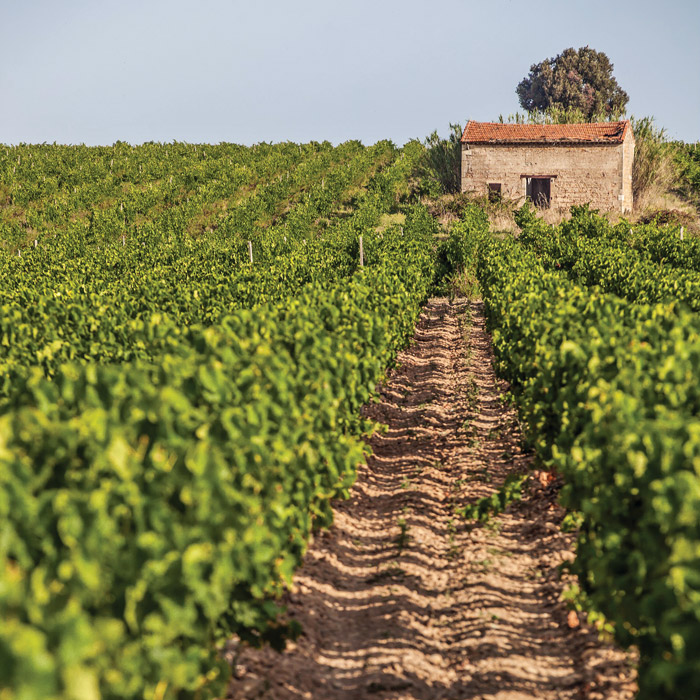
Christophe Tassan
The Rhone River
“The north and the south of the Rhône Valley region couldn’t be more different, which allows an incredible diversity of varietals and styles, thanks to the different soils of the V-shaped south, composed of a mosaic [sand, rolled pebble, marls, etc.], whereas in the north, it is mainly granite and sediments brought from the collapsed riverbed,” explains Tassan. The temperature also differs greatly, with the heat, the wind from the mistral and the Mediterranean influence in the south, which allow grapes to dry and ripen more rapidly, producing elegant and rich Syrah and fruity Grenache wines. In the north, Tassan adds that the Massif Central is a key element, protecting the vines from predominant winds; it also provides granite soils, not to mention a very hilly terrain. “But despite this yin and yang aspect, both sectors of this long and narrow valley are linked by one unifying element: the Rhône River and its rich history. All this gives purpose and soul to the wines of that unique wine region,” he insists.
The North and the South united by the Rhône
This distinction between the southern and northern Rhône Valley was clearly evident in the glass. While some Syrah offered a rich and opulent fruit, typical of the south, others showed more extraction, a higher alcohol content and some caramelized notes, which also reflected the heat from the southern Rhône Valley. Another example showed the presence of granite and a more restrained style, more Burgundian, evocative of the north and emblematic of the famous Côte-Rôtie. But one last Syrah from the north was completely different, with a bit of smokiness created by 16 months in new oak, offering a good balance between earthiness and the acidity of a northern Syrah. By detailing the different organoleptic elements of the various wines tasted that morning, Christophe Tassan allowed his audience to explore a great diversity of terroirs in the Rhône Valley.
Through the discovery of very different wines, Tassan was able to cover many aspects at once: the history, geography, geology, climate, regulations, the different approaches in the cellar and the different styles of wines that are produced on both sides of the Rhône, and from north to south.
Photo: Christophe Grilh (Gigondas et Dentelles de Montmirail),David Z (vines), André-Olivier Lyra (events), Christophe Grilh (river)







